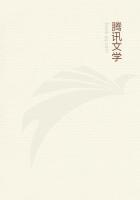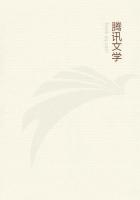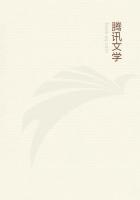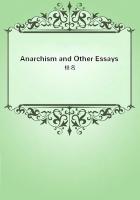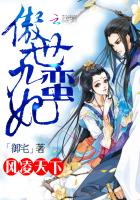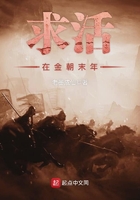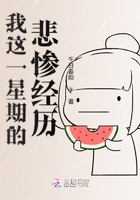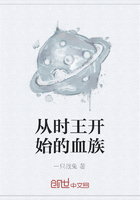Each cowboy would have eight or ten horses for his own use, for he had now before him the hardest riding of the year.When the cow-puncher went into the herd to cut out calves he mounted a fresh horse, and every few hours he again changed horses, for there was no horse which could long endure the fatigue of the rapid and intense work of cutting.Before the rider stretched a sea of interwoven horns, waving and whirling as the densely packed ranks of cattle closed in or swayed apart.It was no prospect for a weakling, but into it went the cow-puncher on his determined little horse, heeding not the plunging, crushing, and thrusting of the excited cattle.Down under the bulks of the herd, half hid in the whirl of dust, he would spy a little curly calf running, dodging, and twisting, always at the heels of its mother; and he would dart in after, following the two through the thick of surging and plunging beasts.The sharp-eyed pony would see almost as soon as his rider which cow was wanted and he needed small guidance from that time on.He would follow hard at her heels, edging her constantly toward the flank of the herd, at times nipping her hide as a reminder of his own superiority.In spite of herself the cow would gradually turn out toward the edge, and at last would be swept clear of the crush, the calf following close behind her.There was a whirl of the rope and the calf was laid by the heels and dragged to the fire where the branding irons were heated and ready.
Meanwhile other cow-punchers are rushing calves to the branding.
The hubbub and turmoil increase.Taut ropes cross the ground in many directions.The cutting ponies pant and sweat, rear and plunge.The garb of the cowboy is now one of white alkali which hangs gray in his eyebrows and moustache.Steers bellow as they surge to and fro.Cows charge on their persecutors.Fleet yearlings break and run for the open, pursued by men who care not how or where they ride.
We have spoken in terms of the past.There is no calf round-up of the open range today.The last of the roundups was held in Routt County, Colorado, several years ago, so far as the writer knows, and it had only to do with shifting cattle from the summer to the winter range.
After the calf round-up came the beef round-up, the cowman's final harvest.This began in July or August.Only the mature or fatted animals were cut out from the herd.This "beef cut" was held apart and driven on ahead from place to place as the round-up progressed.It was then driven in by easy stages to the shipping point on the railroad, whence the long trainloads of cattle went to the great markets.
In the heyday of the cowboy it was natural that his chief amusements should be those of the outdoor air and those more or less in line with his employment.He was accustomed to the sight of big game, and so had the edge of his appetite for its pursuit worn off.Yet he was a hunter, just as every Western man was a hunter in the times of the Western game.His weapons were the rifle, revolver, and rope; the latter two were always with him.
With the rope at times he captured the coyote, and under special conditions he has taken deer and even antelope in this way, though this was of course most unusual and only possible under chance conditions of ground and cover.Elk have been roped by cowboys many times, and it is known that even the mountain sheep has been so taken, almost incredible as that may seem.The young buffalo were easy prey for the cowboy and these he often roped and made captive.In fact the beginnings of all the herds of buffalo now in captivity in this country were the calves roped and secured by cowboys; and these few scattered individuals of a grand race of animals remain as melancholy reminders alike of a national shiftlessness and an individual skill and daring.
The grizzly was at times seen by the cowboys on the range, and if it chanced that several cowboys were together it was not unusual to give him chase.They did not always rope him, for it was rarely that the nature of the country made this possible.

